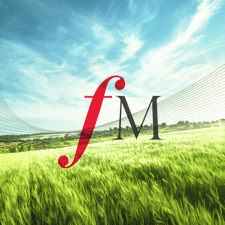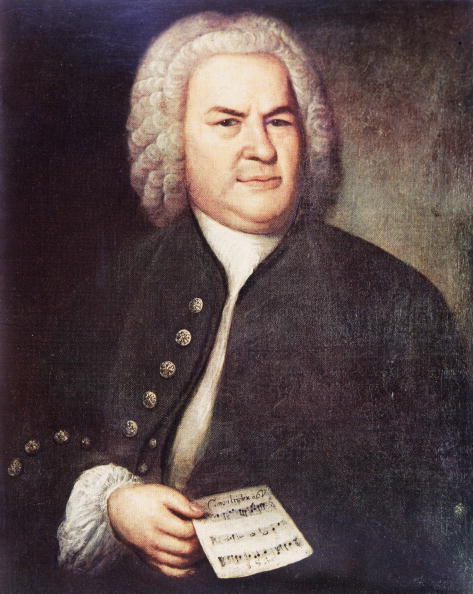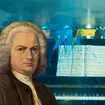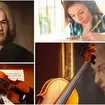A guide to JS Bach's incredible Passion music
28 March 2018, 17:08 | Updated: 28 March 2018, 17:17
The St John Passion and St Matthew Passion are two of Bach's most famous pieces of sacred music, telling the Biblical story of Jesus' crucifixion. But where do you start with these two mammoth works? Here's an introduction to the best moments of these masterpieces of religious music.
What's the story?
Jesus rises from the dead on Easter Sunday morning, but before this, there's the gruelling tale of his Passion and death on the cross. Bach sets Chapters 26-27 of Mathew's account, and 18-19 of John's. If it's possible to distill both accounts down, Jesus is taken to the Place of a Skull, and crucified with two thieves on the charge of claiming to be the King of the Jews. Soldiers divide his clothes into lots before he dies. In Matthew's account, after being mocked by a jeering crowd, Jesus dies with the desolate cry of "My God, My God, why have you forsaken me?", but John's account tells of Jesus' resolute fulfilment of an Old Testament prophecy: "It is finished."
(Johann Sebastian Bach, painted by Elias Gottlob Haussmann in the mid-1740s)
Joining in the chorus
Despite both Bach's settings of the Passion lasting more than two hours, they were written to be used as part of a Lutheran church service - he wrote the St John Passion, for the Good Friday Vespers service of 1724, and the St Matthew Passion three years later. Rather than expecting the audience - or, rather, congregation - to sit back and take in the music, Bach included a number of hymn-like chorales within the solo sections, so everyone could participate in the worship. Listen to the simple 'Erkenne mich, mein hüter' from the St Matthew Passion: this tune is repeated throughout the oratorio, sometimes in a lower key to reflect a sadder mood.
Bach even uses the same hymn tunes in both Passion settings. Listen to 'O grosse Lieb, o Liebe ohn' alle Masse' from the St John Passion, or, in fact, 'Herzliebster Jesu, was hast du verbrochen' from the St Matthew - it's the same tune, only with different words, making it easier for the congregation to sing.
Musical character
When the congregation weren't singing, Bach made sure the overarching mood of the story was represented in the music - and he had a remarkable number of tricks up his sleeve, using different instruments and key signatures to highlight the different characters and emotions. In the St Matthew Passion, the strings play a long high chord whenever Jesus sings, setting his singing apart from the other singing like a musical 'halo'. In the St John Passion, after Jesus dies, the soprano sings 'Zerfliesse, mein Herz', which Bach sets in the unusual key of B flat minor to highlight the singer's grief. And listen out for the cello's close relative, a viola da gamba, at the start of 'Es ist Vollbracht': Bach used this instrument to symbolise comfort for those who mourn.
All-important lyrics
It's not just about the music, though. Worship, which used to be in Latin, was now in German - a language understood by the entire congregation. Now the Biblical text could be understood, Bach made sure it was brought to life by his music: in both settings, on words like 'wept bitterly', Bach emphasises the text by making the music sound like uncontrollable weeping - musically, of course. Other important words like 'tears', 'death', and 'crucified' are also highlighted so they stand out from the text. As the St Matthew rabble call for Barabbas to be freed condemning Jesus to death, listen out for the spine-tingling cluster chord - it sounds scary regardless, but those in the know might have recognised it as a specific musical device, known as the 'devil in music'.
While the words speak for themselves, telling the all-important Easter story, Bach's multiple layers of musical meaning in both the St John and St Matthew Passions mean it's possible to enjoy the music on a number of levels. The text tells the story on its own, but it's Bach's (often hidden) techniques that bring the music to life.
Discover more about JS Bach and his music here.



























